
The Group B streptococcus test involves a simple vaginal and rectal swab, and is usually carried out towards the end of the third trimester of pregnancy, between 35 and 37 weeks. Test results are available soon after. If it turns out that you are positive for GBS at the time of your test, you have several different treatment options. Some OBs prefer to start treatment with antibiotics right away, while others recommend IV antibiotics while you are in labor. Antibiotics in the final weeks of your pregnancy may have some risks, and besides that the infection could either go away on its own before you go into labor, or return after you have finished your course of antibiotics.
Sometimes, vaginal Hibiclens treatment is offer in labor instead of antibiotics, particularly by midwives. Unlike the United States, some European countries do not offer routine testing for GBS. Not every baby who is born to a mother who was GBS becomes ill. In some cases the infection can lead to breathing difficulties in a newborn, blood pressure problems, and an irregular heart rate. Sepsis, pneumonia and meningitis are the most frequently occuring complications from Group B streptococcus. Obviously, those are not diseases you want to play around with. It is a good job that treatment is available!


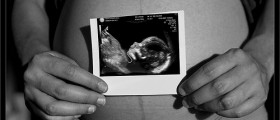
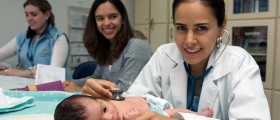
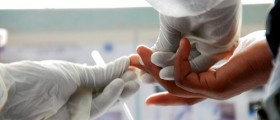

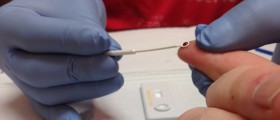
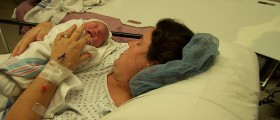





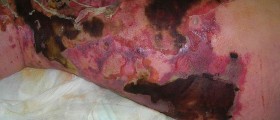



Your thoughts on this
Loading...